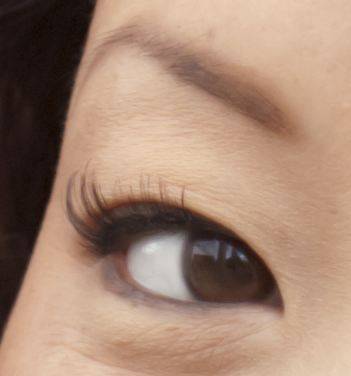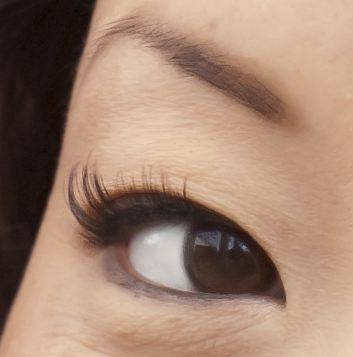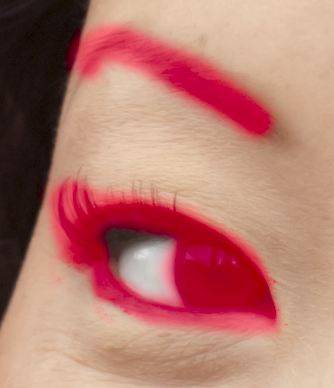 In my first post on sharpening in Lightroom, I discussed the three steps in the sharpening workflow, and went into depth on how to do capture sharpening using the Detail panel in the Develop module.
In my first post on sharpening in Lightroom, I discussed the three steps in the sharpening workflow, and went into depth on how to do capture sharpening using the Detail panel in the Develop module.
I mentioned that the second stage in the sharpening workflow is creative sharpening. This is an optional stage, in which local elements of a photo are sharpened more than the rest of the image, often to draw more attention to them. A common example is local sharpening of eyes.
Creative sharpening in Lightroom (and camera raw) is done with the adjustment brush or graduated filter, using the Sharpness slider. Positive amounts add additional sharpening to local areas, on top of what is applied globally using the Detail panel. (Negative amounts down to -50 reduce the sharpening applied in the Detail Panel, negative amounts below -50 blur the image.)
I don’t use creative sharpening on every image. When I do, usually I will sharpen the overall image somewhat conservatively using the Detail panel, and then apply a small amount of additional sharpening to taste to elements I want to emphasize more. Occasionally when global sharpening is causing issues in some places, I will set the Amount to zero in the Detail panel, and just use local sharpening where I really need it.
To make this example really obvious, I have applied no global sharpening, and then applied +100 with the adjustment brush:
As you know from my first post, sharpening involves an Amount (strength) setting, as well as radius, detail and masking settings. You cannot adjust the latter three of these locally — Lightroom uses whatever you have set in the Detail panel for global sharpening.
What if you can’t achieve enough local sharpening, given the settings you need for global sharpening? In this case use two local adjustments on top of each other. (My video below explains how.)
For a tutorial on how to use the adjustment brush, watch my video here.



